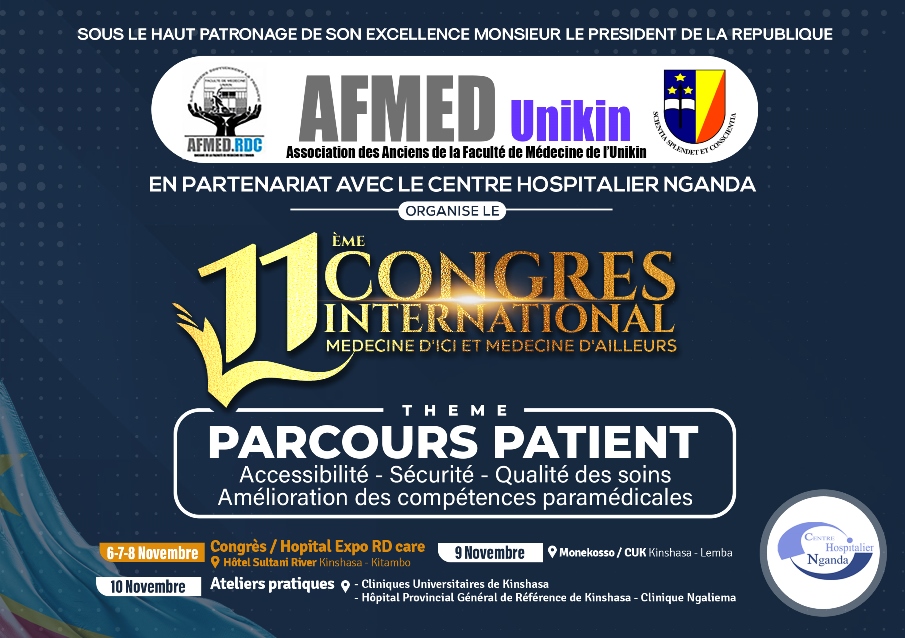Christophe Mulumba1*, Pierrot Lebughe1, Jean-Marie Mbuyi-Muamba1, Jean-Robert Makulo2, François Lepira2, Jean Mukaya3, Rene Westhovens4, Patrick Verschueren4 and Jean-Jacques Malemba1
* Correspondence: mulumbachristophe@gmail.com
1Rheumatology Unit, Department of internal medicine, University Hospital of
Kinshasa, Kinshasa, Democratic Republic of Congo
Full list of author information is available at the end of the article
Abstract
Background : Rheumatoid arthritis (RA) is associated with a 5 to 10 years reduction in life expectancy due to premature atherosclerosis. This reduction is the consequence of traditional cardiovascular risk factors (TCRF) as well as systemic inflammation. The aim of the present study was to describe the prevalence and factors associated with subclinical atherosclerosis in RA at the University Hospital of Kinshasa (UHK).
Methods: Patients with a diagnosis of RA based on the 2010 ACR/EULAR criteria were included in this crosssectional study from 1 June 2014 to 31 May 2015 at the UHK. RA disease activity was measured using the DAS28-ESR. Active RA was defined by a DAS 28 > 2.6. Severe RA was defined by the presence of extra-articular
manifestation, joint erosions on X-rays or HAQ ≥0.5. An assessment of subclinical atherosclerosis was performed by the measurement of the carotid intima-media thickness (cIMT) using two-dimensional ultrasonography. Subclinical atherosclerosis was defined by a cIMT ≥0.9 mm. A diagnosis of atheroma plaque was retained when the cIMT was ≥1.5 mm. The association between subclinical atherosclerosis and potential risk factors was modeled using logistic regression analysis.
Results : We recruited 75 patients. The average age was 51.8 ± 14.6 years, with a sex ratio F/M of 4. The prevalence of subclinical atherosclerosis was 32%. In logistic regression being a woman of ≥55 years old (aOR 10.6, 95% CI [2.087–53.82], p = 0.028), DAS28-ESR > 2.6 (aOR 3.5,95% CI [1.55–10.38], p = 0.044), severe RA (aOR 32.6,95% CI [1.761–60.37],p = 0.035), high blood pressure (aOR 22.4,95% CI [5.04–99.41], p = 0.005) and obesity (aOR 32.3, 95% CI [2.606–40.73], p = 0.026) emerged as factors associated with subclinical atherosclerosis.
Conclusion : Subclinical atherosclerosis is common in RA patients attending the UHK. It appears to be associated with RA disease activity and severity apart from traditional cardiovascular risk factors. These results suggest that early management of subclinical atherosclerosis targeting remaining RA disease activity and cardiovascular risk factors could slow down progression to clinical cardiovascular disease.
Keywords : Rheumatoid arthritis, Subclinical atherosclerosis, cIMT
https://doi.org/10.1186/s41927-019-0085-4









